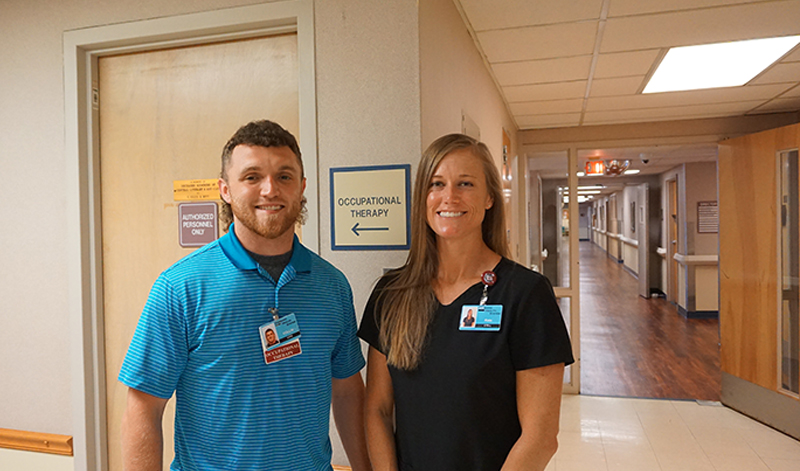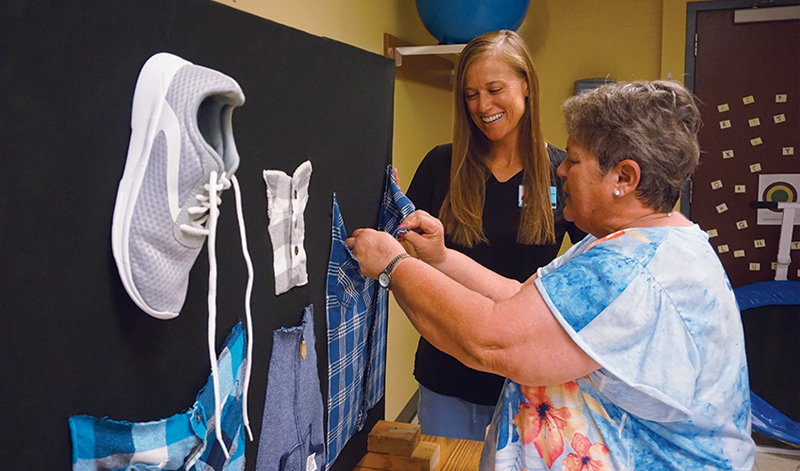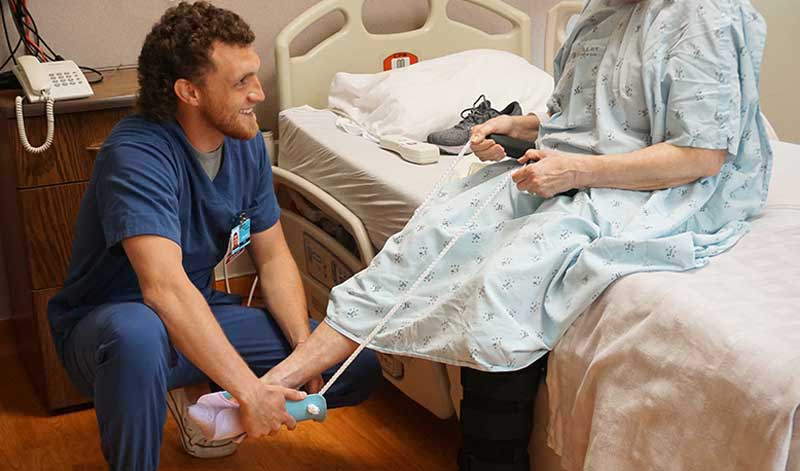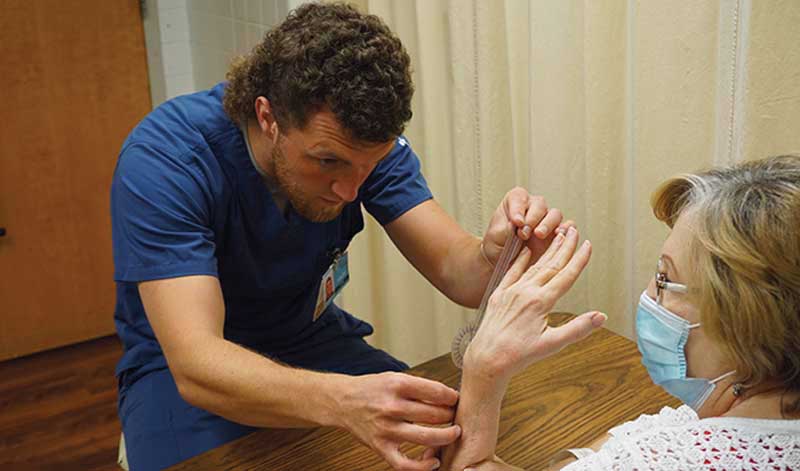Occupational therapy is designed to help patients with temporary or permanent loss of
function regain independence and quality of life. Occupational therapy services are provided
by occupational therapists (OTs) and certified occupational therapy assistants (COTAs) who
specialize in caring for people with physical, developmental, or emotional challenges by helping
them improve their ability to perform daily activities, as well as recommend ways for patients to
adapt their environment to enhance independence. These activities may include but not limited
to bathing, dressing, grooming, cooking, and homemaking. You’ll receive a thorough initial
evaluation as well as an individualized plan of care to meet your specific goals during one-on-one
sessions with your therapist.
Benefits of Occupational Therapy
- Improving Range of Motion and Strength in the Upper Extremities
Events like surgery, arthritis, and stroke can create changes in a person’s available movement in their joints. In occupational therapy, we work to improve range of motion through passive stretching, active movement activities, strengthening, and proper body positioning. When a permanent loss of movement has occurred, an occupational therapist will help you learn compensatory movements to allow for functional range of motion for necessary tasks. - Teaching Adaptive Strategies
After a medical event, a person sometimes loses independence with daily activities. In occupational therapy, these are called Activities of Daily Living, or ADLs. These can be a temporary loss, like after a joint replacement surgery, or a more permanent loss, like after a stroke. An OT will assess your deficits, and will then work with you to choose which adaptive device will be suit your needs. - Gaining Independence with Self Care Tasks
After an injury or illness, or even as you age, simple self care tasks can become more challenging, leaving you dependent on a caregiver for personal needs. Occupational therapy focuses on helping patients regain independence with dressing, toileting, bathing, grooming tasks, and feeding. - Home Safety Assessments
Occupational therapy can provide a home safety assessment for our inpatient population who are returning to their home environment. We will assess specific areas of the home such as entryways and bathrooms to see if adaptations are needed. We will also make safety recommendations for adequate lighting and de-cluttering spaces. Suggestions can also be made for any possible adaptive equipment needs for tasks such as cooking, cleaning, and transportation.
If you have any questions, please give us a call at 660-258-1264.





